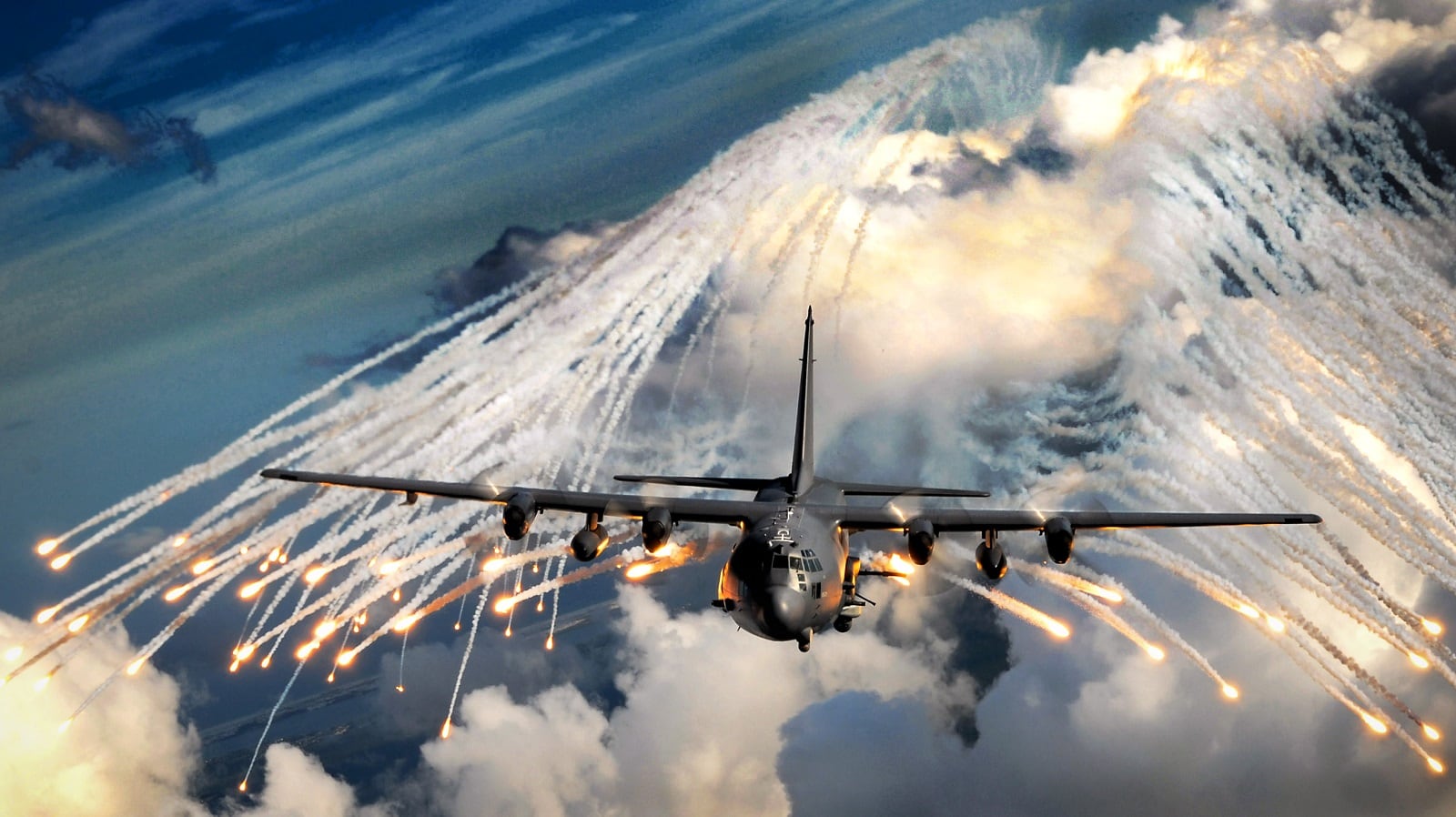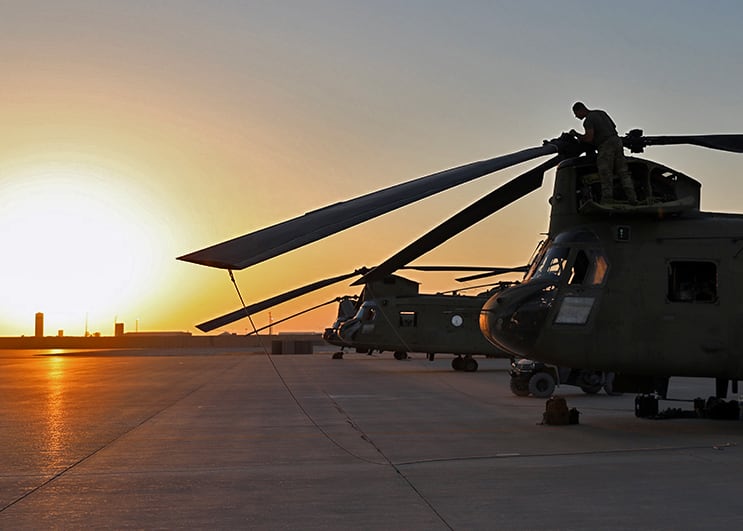The barrage of attacks on U.S. troops deployed in Iraq and Syria has subsided in recent days, a Pentagon spokesman told reporters on Monday.
After enduring dozens of attacks since mid-October, bases housing U.S. troops haven’t taken fire or spotted a drone bearing down since Nov. 23, Air Force Brig. Gen. Pat Ryder confirmed.
The Pentagon’s last count totaled 73 attacks, Ryder said. Those resulted in more than 60 injuries, including several dozen traumatic brain injuries, but all troops returned to duty soon after.
The U.S. military in response executed three strikes in Syria against facilities used by Iran-backed militias to house weapons and equipment, the latest of which was carried out Nov. 13.
There have also been instances of air assets in the area immediately striking back against rocket or drone attacks, Pentagon spokeswoman Sabrina Singh told reporters on Tuesday.
RELATED

One of these incidents has been publicly confirmed by the Pentagon, when an AC-130 gunship hit a vehicle after its occupants launched a rocket at al Asad airbase in Iraq.
Pentagon officials have said that counter strikes have degraded the militias’ ability to continue striking U.S. troops without creating wider conflict in the Middle East.
Thousands of troops have also been repositioned to the region, including the Middle East and the eastern Mediterranean Sea.
Two carrier strike groups, an amphibious ready group with an embarked Marine Expeditionary Unit, several Air Force fighter squadrons, Army air defense units and 300 support troops have all been positioned to deter bad actors from attacking Israel as it prosecutes its war on Hamas, as well as to prevent or respond to any attacks on U.S. troops in the region.
Meghann Myers is the Pentagon bureau chief at Military Times. She covers operations, policy, personnel, leadership and other issues affecting service members.





